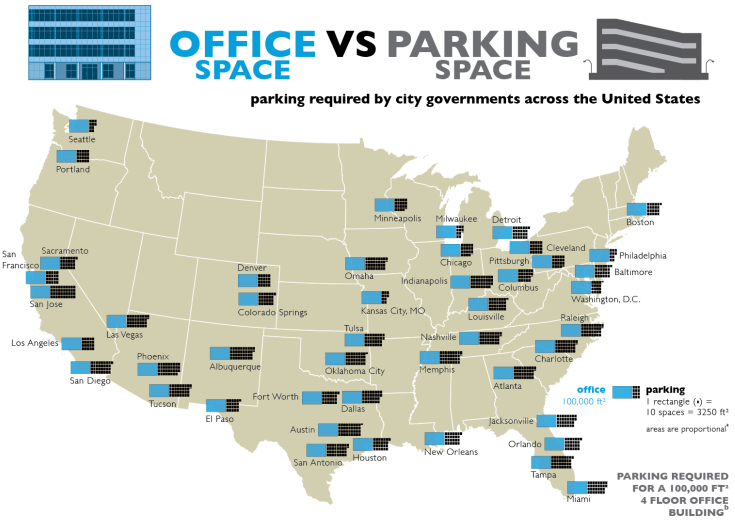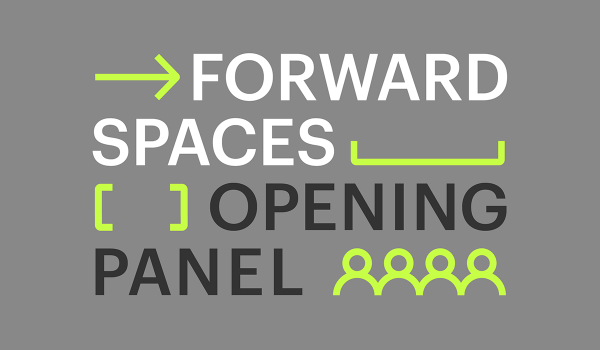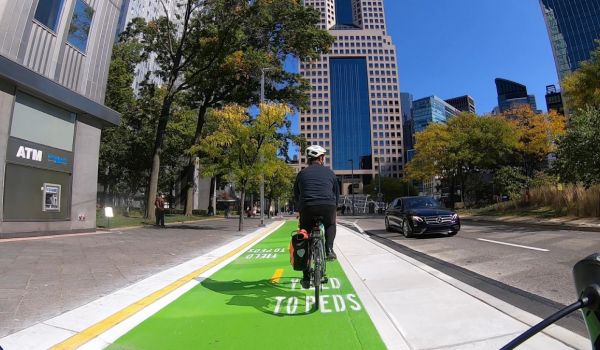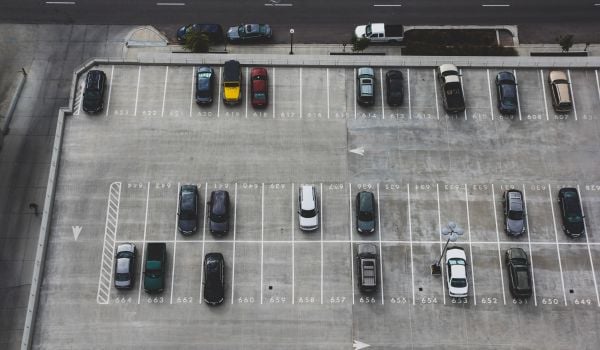A Bogotá, Colombia-based architect with a knack for web design has an ongoing project sure to prove useful to anyone with an interest in how parking policy shapes the urban form.
Seth Goodman launched his blog, called graphing parking, as a way to spur conversation about (oftentimes retrograde) parking requirements in dozens of cities across the U.S. So far, he has produced maps, charts and diagrams on parking minimums as they apply to housing, restaurants and offices. Curious about why dining establishments in San Diego tend to have more than twice the amount of parking spaces as those in Denver? Goodman is your man.
His most recent graphic, which first appeared on Friday and which Next City republished in part above, deals with the amount of parking city governments require from typical office buildings.
For those cities with parking requirements on office space, the rules can vary dramatically. As Goodman points out, the city with the highest base requirement on his graphic (San Jose, Calif.) demands four times as much parking from offices as the city with the lowest (Kansas City, Mo.).
In many cases the requirements ease up when it comes to downtowns, and some cities — Chicago, New Orleans, Charlotte, Indianapolis and Jacksonville, Fla. — do away with parking minimums altogether in certain parts of their downtowns. But once you move away from the cores, minimums can reach some pretty staggering numbers. A four-floor, 100,000-square-foot office building in Indianapolis, for instance, might need to provide some 300-plus parking spaces. A similar building in Downtown Indy might be required to have only one-third that amount.
“[W]hy should offices have to be located downtown to choose to build less parking?” Goodman writes. “People can carpool anywhere, and while transit and pedestrian infrastructure may be less developed in some places, it would be expanded if more people demanded it.”
Goodman — who originally hails from Austin, Texas, where some longtime local businesses are facing closure thanks to, yep, parking minimums — has two further installments for graphing parking in the works. In an email he writes that these forthcoming graphics will address parking requirements for places of worship and high schools, so look forward to learning from a few more wonky maps.
It beats poring over the shibboleth of municipal codes, anyway.
















